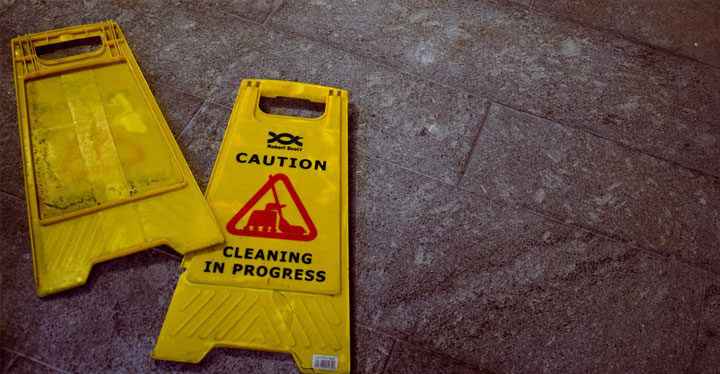Health and safety is one of the most important responsibilities employers have when it comes to protecting their staff. It is taken very seriously in the UK and it is a legal requirement for every business to have a policy for managing health and safety. If you don’t have one, or haven’t updated yours for a while this post covers the basics of how to prepare a comprehensive health and safety policy.
What is a Health and Safety Policy?
When it comes to health and safety in the workplace it’s vital for employers to understand every element that makes up health and safety best practice. A health and safety policy is a key requirement. It sets out the general approach for managing health and safety in the business.
It’s important to know that a health and safety policy will be unique to every business. It contains specific details about your business and your arrangements for health and safety and is not something that can be copied from the internet or from other similar businesses.
Organisations that employ 5 or more people have a legal requirement to have a written health and safety policy. In some cases, breach of health and safety laws can lead to fines of up to £20,000 and/or imprisonment. Although it is not a legal requirement for those employing under 5 people, we still highly recommend having a written policy in place.
What is in a Health and Safety Policy?
The most common approach to creating a health and safety policy is to create 3 parts. These are the statement of intent, responsibilities, and arrangements for health and safety. Each contains important information so should not be forgotten or missed out.
Part 1 – Statement of Intent
The first part of your policy should be used to set out what you want to achieve and your commitment to managing health and safety in your workplace. It doesn’t need to be complicated or wordy. It should be a few simple sentences that everyone in the business will understand. An example could be:
“It is the aim of [company] to maintain a safe and healthy working environment by creating and reviewing a comprehensive health and safety policy. We aim to prevent accidents in the workplace and provide suitable control of the health and safety risks associated with the activities carried out in our place of work. Employees will be consulted on issues that affect their health and safety and will be given adequate training and supervision where necessary to ensure they are kept safe at all times.”
The statement of intent should be signed by the owner or the most senior person in the business. It must also be dated and have a date for when it will next be reviewed. As it covers the safety of everyone in the business it should be displayed where all employees can see the statement. This may be on a notice board or in the canteen.
Part 2 – Responsibilities for Health and Safety
The responsibilities section is another very important part of your policy. It sets out who in the business is responsible for health and safety and what their responsibility is. Creating this should be fairly simple and you should check that everyone is clear on what they do and aware of their role.
Where most businesses fall down is keeping this document updated. In large organisations it can be especially difficult with staff starting and leaving regularly. Best practice is to set regular reviews to ensure that this part of the policy is kept up to date. It will also help to ensure that staff have the relevant qualifications to carry out their health and safety duties.
Part 3 – Arrangements for Health and Safety
The detail of your health and safety policy is contained in this section. It sets out in detail what you are going to do to achieve the aims you set out in your statement of intent. It’s here that you can tailor the policy to the risks associated to your business.
Examples of arrangements that you might include in this section are:
- Staff training courses and health and safety audits
- The use of signs and warnings to highlight relevant risks in your workplace
- The purchase and use of safety equipment such as steel toe cap boots, facemasks, high-vis clothing and PPE
- A procedure for installing or upgrading equipment to improve working conditions such as better lighting, ventilation and anti-slip flooring
Download our free health and safety policy template.
Conclusion
It is a legal requirement for businesses with 5 or more employees to have a written health and safety policy. Without one you could face fines and/or imprisonment. The good news is that a health and safety policy is easy to create. It has three main parts which cover the most important areas of health and safety in your business. This post shares details on how to create a policy fit for your business.
If you require any help creating your health and safety policy please get in touch on 01935 473575 or email us. We are more than happy to help and advise.
